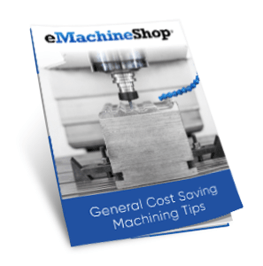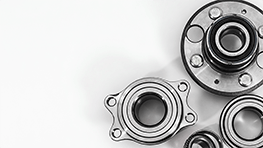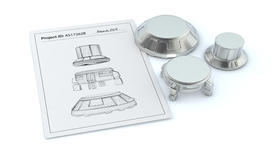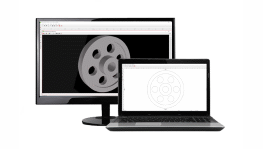Selective Laser Sintering
Selective laser sintering produces parts by using a CO2 laser to fuse powders together in layers.
eMachineShop offers 3D printed parts in a wide variety of materials whether you need a one off prototype or a large production order.
- FREE Shipping in the USA.
- 100% Quality Guaranteed.

What is Selective Laser Sintering?
Selective laser sintering (SLS) is an additive 3D printing process that uses a CO2 laser to bind material powders together to create solid 3D printed parts.
This process takes place in a printer where the powder is put into a bin. Once in the bin, the powder is heated to just below its melting point. The CO2 laser travels over the powder, fusing it. After the layer is finished, the build platform moves down a layer and the recoater deposits a new layer of powder. This is repeated until the part is complete. The SLS process requires expensive equipment and a lot of power to operate.
Selective laser sintering is commonly confused with a similar 3D printing process, selective laser melting (SLM). The difference between the two is in how the material powder is heated. SLS heats the powder up to a temperature where it fuses together, while SLM melts the powder completely. When the powder is sintered using SLS, it is bonded together, but creates a more porous, less rigid product whereas SLM is less porous, and in turn, stronger.
Advantages
- Finished parts are left clean with no markings.
- Short lead times because tooling is not required.
- Complex geometries can be manufactured.
Applications
- Automotive hardware.
- Electronics hardware.
- Casting patterns.
- Architectural and anatomical models.
Offered Materials





